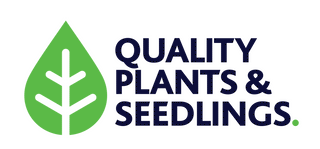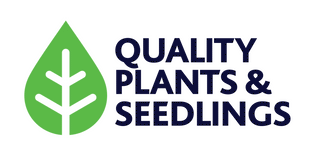These seeds have been treated with Thiram, a fungicide designed to protect them from fungal diseases. For your safety:
- Do not consume the seeds or give them to animals.
- Keep the seeds away from children and pets.
- Always wear gloves when handling the seeds, and wash your hands thoroughly with soap and water afterward.
Although the fungicide treatment does not affect the safety or quality of the resulting crop, and it does not harm beneficial insects such as bees, these seeds are intended exclusively for planting and propagation in your garden. The crops produced from these seeds are safe to eat.
In Australia, the use of fungicide-treated seeds may be required by AQIS (Australian Quarantine and Inspection Service), which operates under the Department of Agriculture, Water and the Environment. These seeds might be dyed a specific color to indicate treatment. Please ensure you read and follow the instructions on the seed packet carefully before use.
Why Thiram Helps
Thiram is a broad-spectrum fungicide that protects seeds and seedlings from various fungal diseases. Here’s a closer look at its benefits and considerations:
| Advantages | Disadvantages |
|---|---|
| Prevents Fungal Diseases: Thiram controls a wide range of fungal pathogens, including those that cause seed rot and damping-off diseases. This protection is crucial for seed viability and plant health. | Potential Health Risks: Prolonged or excessive exposure to Thiram can pose health risks. It is important to adhere to safety instructions to minimize any potential harm. |
| Improves Germination: By preventing diseases that can impede seedling development, Thiram can enhance germination rates and lead to stronger, more vigorous seedlings. | Environmental Impact: There are environmental concerns associated with the use of fungicides, including potential impacts on non-target organisms and soil health. Responsible use is essential to mitigate these effects. |
| Ensures Healthy Growth: Reduces the likelihood of disease-related issues, ensuring that seeds grow into healthy plants, which can result in better yields and quality. | Not for Consumption: Treated seeds should not be consumed or fed to animals, and care should be taken to avoid direct skin contact. |
| Compliance with Regulations: Treating seeds with Thiram helps meet AQIS biosecurity requirements, ensuring that you are in compliance with Australian regulations. | Coloring Agents: The use of dyes to mark treated seeds can be confusing if not clearly indicated. Always refer to the seed packet for guidance. |
History of Thiram
Thiram, also known by its chemical name Tetramethylthiuram disulfide, was first introduced in the 1950s. It belongs to a class of chemicals known as dithiocarbamates, which are widely used in agriculture due to their broad-spectrum fungicidal properties. Here’s a brief history of Thiram:
- 1950s: Thiram was developed and introduced as a fungicide. Its primary use was to protect seeds from fungal pathogens and improve seedling emergence and health.
- 1960s-1970s: The use of Thiram expanded as agricultural practices evolved. It became a popular choice for treating seeds due to its effectiveness in preventing diseases such as seed rot and damping-off.
- 1980s-1990s: Research into Thiram continued, focusing on its environmental and health impacts. Regulatory agencies began to set guidelines for its safe use and handling.
- 2000s-Present: Ongoing studies and regulations have refined the use of Thiram to balance its benefits against potential risks. Modern guidelines emphasize safety measures for handling and application to minimize environmental impact and protect human health.
Overall, Thiram remains an effective tool in seed treatment, helping to ensure successful germination and plant health, while its use is carefully regulated to address safety and environmental concerns.



